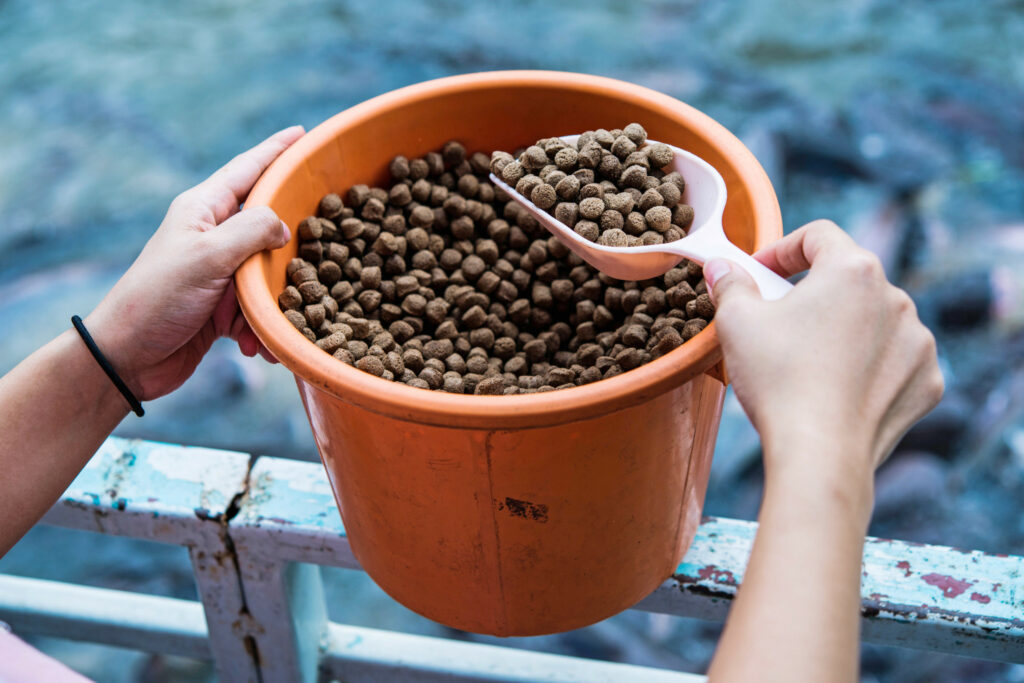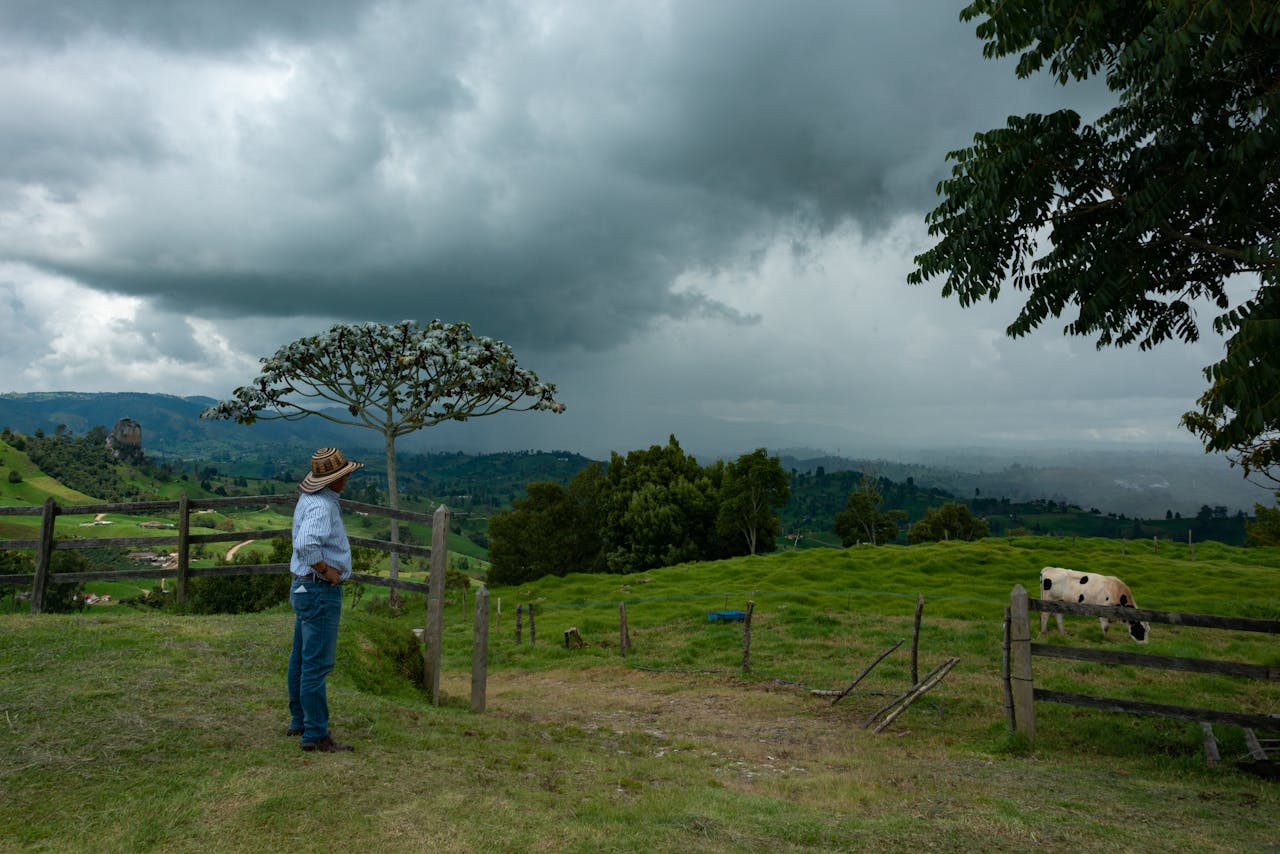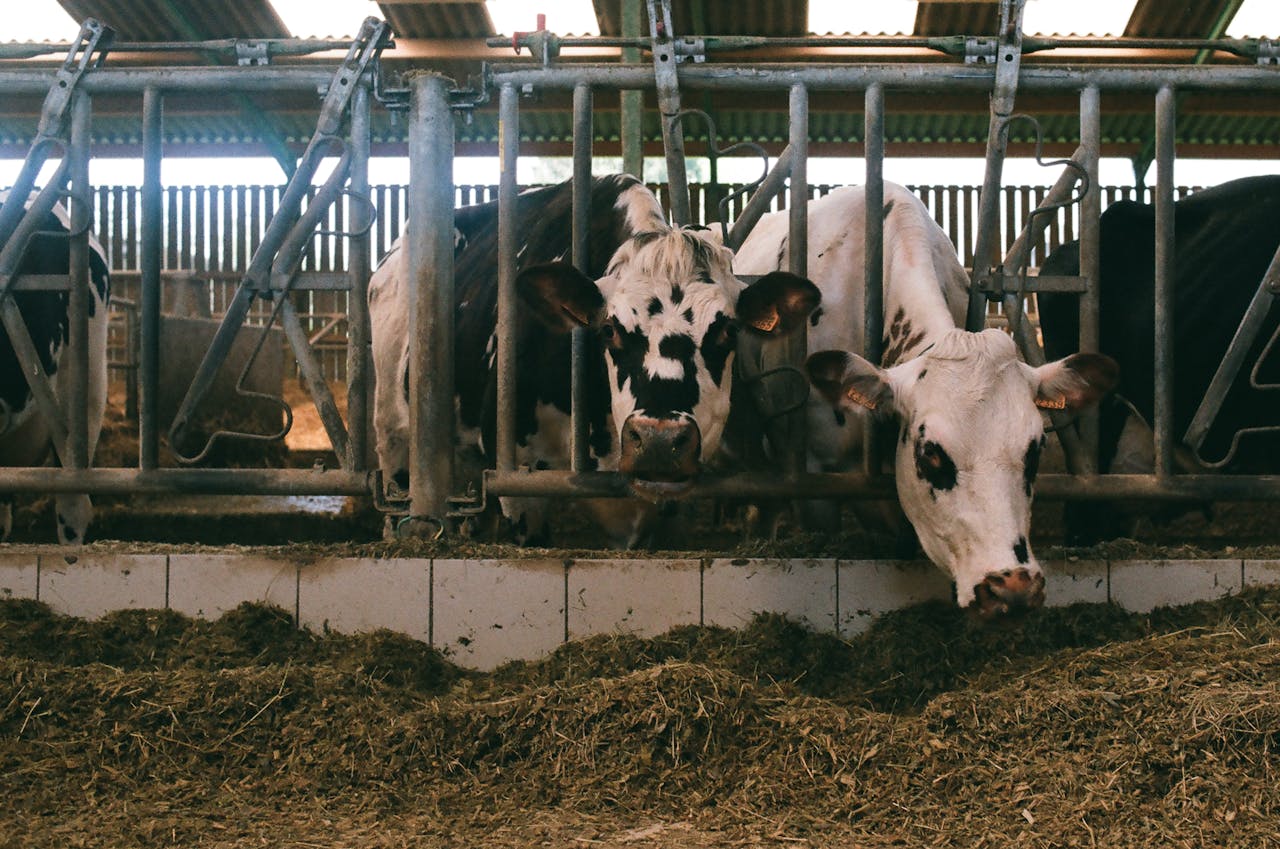The latest edition of All About Feed is now available online. This edition explores the potential of ‘yet-to-be legalised’ insect substrates, considers 5 alternatives to fishmeal and fish oil use in Asia, and looks at species-specific feed research on lupins. This and more in this latest edition.
Interview: The potential of ‘yet-to-be legalised’ insect substrates
Reports show underused organic residual flows are a source of valuable nutrients. The food safety risks associated with residual flows such as manure and kitchen waste currently restrict their use as insect substrates. All About Feed spoke to the project leader, Elise Hoek-van den Hill of Wageningen Food Safety Research on the safety of potential residual flows as insect substrates.
Five alternatives to fishmeal and fish oil use in Asia
To improve the sustainability of aquaculture, researchers are exploring alternative locally available, affordable, environmentally friendly and easily reproducible ingredients. In this article, we present potential alternative ingredients to the use of fishmeal and fish oil in aquafeed.
Getting the most out of grazing
Feeding grass to cows is the cheapest form of fodder, particularly when offered in self-service pasture-based grazing systems, but this management model does not suit every farm. However, when it is possible, getting the most out of grass grazing for cows depends on specific management decisions made by farmers.
Lupin feed guide gives nutritional and processing insights
Lupins are emerging as a promising protein source for animal feed. A new Canadian Feed Research Centre guide will share the latest research on lupin processing and nutrition for ruminants, monogastrics, and aquaculture. The guide looks at the background studies, acreage and species-specific feed research updates.
Potential ripple effects of tariffs on global grain market
US President Donald Trump announced 50% tariffs on Brazilian exports as of 1 August. The measure could have far-reaching effects, reverberating beyond bilateral trade and injecting new volatility into commodity pricing and logistics.
Plant extract of Pueraria valuable additive for laying hens
Enhancing the performance of laying hens after the peak laying period is of great economic value. In research published in the Poultry Science journal, the plant extract puerarin proved to be a valuable feed additive that can improve laying hen performance and egg quality beyond the peak laying period.

Farm visit: Saving feed and costs by feeding more accurately
Increasingly, it matters to have a clear insight into what is happening on pig farms. Danish producers Tina Frederiksen and her husband Steen chose to move away from floor feeding for their sows and had feeding stations installed. Precision feeding is expected to save on feed and feed costs.
Animal nutrition with high-quality pellets
As feed producers strive to optimise both efficiency and sustainability, the importance of consistently producing high-quality pellets becomes increasingly clear. This article explores the key factors behind effective pelleting, the impact on animal productivity and how lignin-based pelleting aids can support process optimisation.
Giving lactating sows altrenogest reduces low birthweight piglets
A team of Brazilian researchers evaluated the effect of altrenogest supplementation during lactation on the reproductive performance of primiparous sows.


